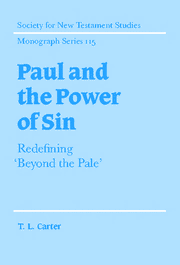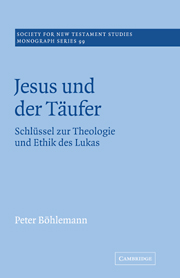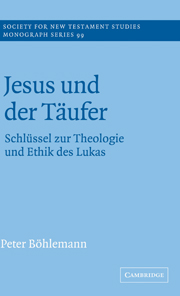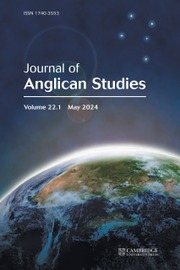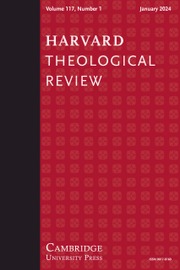Paul and the Power of Sin
Paul and the Power of Sin, first published in 2001, seeks to ground Paul's language of sin in the socio-cultural context of his original letters. T. L. Carter draws on the work of social anthropologist Mary Douglas to conduct a cross-cultural analysis of the symbolism of the power of sin in the letters, examining thoroughly Douglas' 'Grid and Group' model and defending its use as a heuristic tool for New Testament scholars. He uses this model to examine the social location of Paul and the communities to which he wrote and offers a fresh insight into key passages from 1 Corinthians, Galatians and Romans. Carter concludes that an important part of Paul's purpose was to safeguard the position of law-free Gentile believers by redrawing social boundaries along eschatological rather than ethnic lines.
- Thoroughly analyses Mary Douglas' 'Grid and Group' model, and the validity of this approach is defended against its critics
- Interprets Paul's sin language within the apostle's own first-century socio-historical context, rather than in the light of later doctrinal formulations
- Detailed exegesis offers fresh insight into key passages from 1 Corinthians, Galatians and Romans
Reviews & endorsements
"Carter has produced a valuable and largely convincing application of Douglas' grid/group theory to Paul's key letters. His recognition that cosmology is often a product of social dynamics is a fruitful one, and points to promising new directions in Pauline studies." J.R.C. Cousland, University of British Columbia
Product details
January 2002Hardback
9780521810418
256 pages
216 × 140 × 19 mm
0.48kg
6 b/w illus.
Available
Table of Contents
- 1. Introduction
- 2. 'Grid and Group'
- 3. Physical and social boundaries in Corinth
- 4. Exclusive boundaries in Galatia
- 5. Small bounded groups in Rome
- 6. Inclusive boundaries in Rome
- Conclusion.

